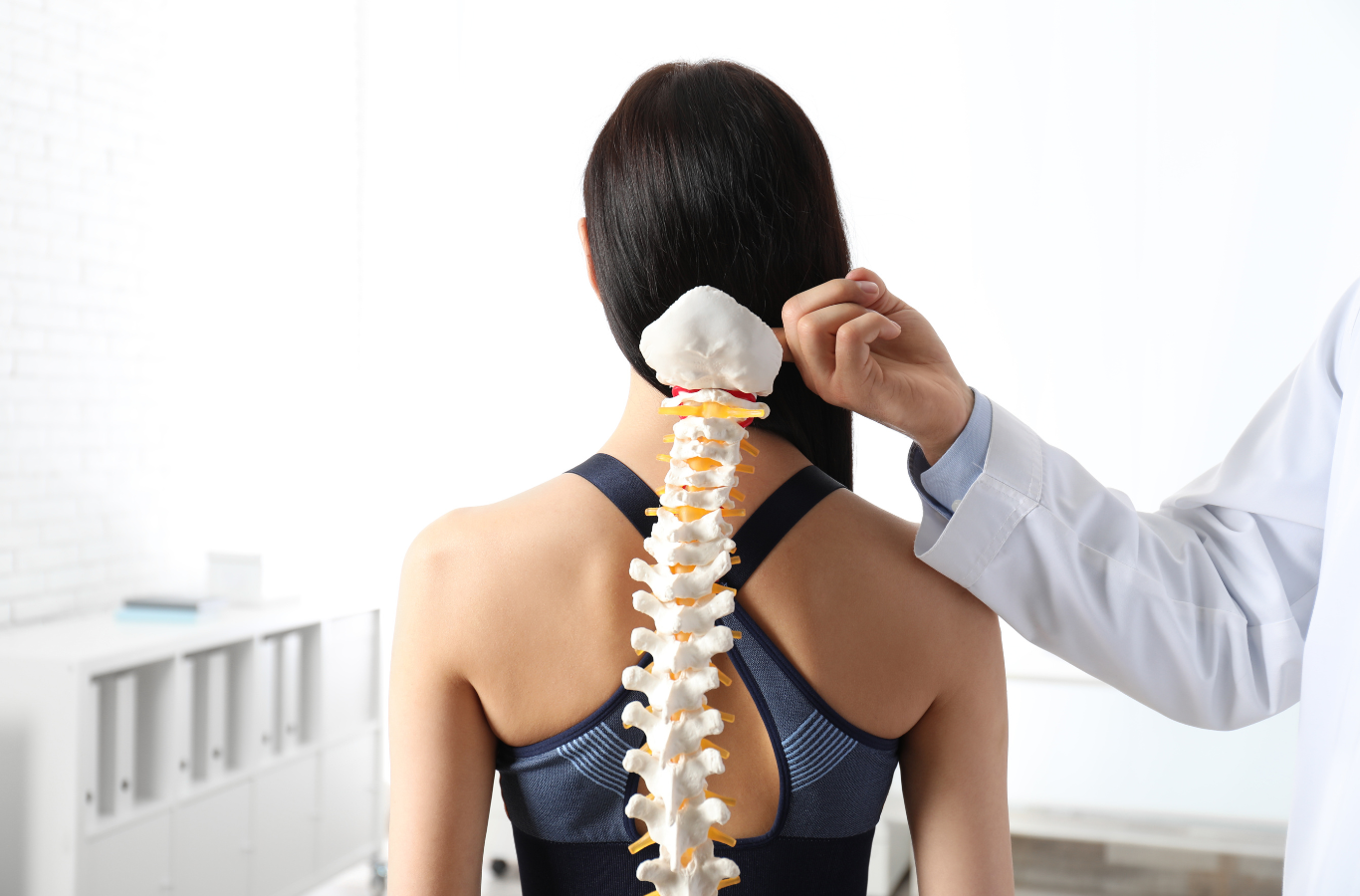
Creating an ideal ergonomic office space can help reduce the bodily strains associated with repetitive movements and sedentary behaviours.
According to the Canadian Centre for Occupational Health and Safety (CCOHS), a proper workstation must provide an environment that allows one to remain in a “balanced position or neural posture” despite the work being done.
They outlined 3 requirements:
- A workstation that aligns the spine, regardless of sitting or standing.
- The worker and the spine be able to move freely.
- A workstation that can be adjusted according to the worker’s needs.
What is a neutral body?
A neutral body position allows our muscles, tendons, and ligaments to be at their strongest.
The CCOHS has outlined the following as our bodies neutral body posture when sitting:
- Feet flat on the floor or on a footrest, with knees bent at 90 degrees
- Thigh in a horizontal position
- Straight back that is supported by a chair when sitting up or leaning back.
- Neutral wrist position when typing
- Forearms in a horizontal position
- Elbows bent at 90 degrees, and close to the body
- Arms hanging naturally from shoulders, and close to the body.
- Shoulders relaxed
- Straight neck.
Sitting and Chair Posture
One of the most important aspects of an ergonomic set-up is choosing a chair that provides adequate support to the upper and lower body. When choosing an ergonomic chair, the following parameters should be considered.
- A 5-prong-base
- Adjustable seat height
- Breathable covering and dense foam that does not compress or giveaway
- A seatpan that supports the thighs and buttocks has adjustable tilt & adequate width for the patient’s body for comfort.
- A backrest that provides lumbar support and an adjustable seat angle.
- Armrests that are adjustable to elbow height or removable.
Work Surface
When organizing your work surface, items that are frequently used should be located within arm’s reach. The main goal of organizing the work surfaces into zones is to prevent unnecessary strenuous repetitive activity. Work surfaces are divided into three zones: primary, secondary, and tertiary. The keyboard and mouse should be placed in the primary zone, while lesser-used items should be placed within the secondary or tertiary zones.
Keyboard & Mouse Position
We often see keyboard positioning issues when placed too high or too low. Both of these incidents can cause us to exert more muscular effort as we need to hold a position for an extended period of time.
Recommendations for an adequate keyboard and mouse position include:
- Arms should be hanging naturally from the shoulders
- Elbows bend at 90 degrees with support from an armrest or desk
- Wrist in a neutral position when using the keyboard
- Mouse close to the worker, allowing arms to be hanging naturally and in a comfortable position
Monitor Set-Up
When setting up your computer monitor, the distance between yourself and the screen is often dependent on your eyesight. In general, it is recommended that the monitor be placed further back and the font size be increased to prevent squinting.
Eye level should be placed on the top of the monitor, as our line of sight is the most relaxed when looking 10 to 15 degrees from the horizontal plane. When placing the monitor above our eye level, we run the risk of having to sustain a posture of looking up for extended periods.
Work Duration
Regardless of whether an “ideal” ergonomic set-up has been achieved, our bodies were not intended to remain in a sedentary position for prolonged periods of time. Any sustained posture can lead to muscle fatigue and possibly contribute to muscle aches and pains. It is recommended to take frequent breaks throughout the day and change your posture often.
The Canadian Chiropractic Association has created a “Straighten Up Canada Video series” with many exercises that can be done after sitting at a desk for a long period of time.
For more information on improving your office ergonomics, contact Oakville Massage & Wellness to arrange a chiropractic visit!
